Rates reform is some distance away and new employment regulations are still to play out, so retailers will be rolling up their sleeves to tackle the challenges of the coming year says BRC chief executive Helen Dickinson
I was lucky enough to spend the new year in Tanzania and was amazed by how bright and full of stars the sky is there. As we gaze into what 2025 will hold, I am not sure I feel quite the same sense of awe.
2024 was mixed for the industry. The inflationary pressures of 2022/23 were finally brought to heel, and our Shop Price Index ended the year in deflation. Retail sales grew, albeit pretty slowly. The election brought in a new administration, and an opportunity to reset relations with the government.
But that was largely where the good news ended. Crime, and in particular the violence and abuse that so often comes with it, continued to rise. The autumn Budget brought the announcement of billions in new costs, which hit retail particularly hard. Indeed, over 80 retailers came together to sign our letter to the chancellor expressing concern about the consequences of the Budget on prices and jobs, and calling for meaningful action on business rates and a delay of the new packaging charges and to mitigate this.
We forecast retail prices will rise by an average of 1.8% over the year (up from 0.4% last year)
So, what will 2025 bring? We recently published the results of our first chief financial officer survey, looking at the main challenges ahead and predictions for the year.
Based on our modelling and the responses, we forecast retail prices will rise by an average of 1.8% over the year (up from 0.4% last year) as the pressures arising from the Budget filter through. This impact will be most felt in food prices, estimated to rise by an average of 4.2% in the second half.
Sales will rise by a more modest 1.2% over the year, largely driven by those higher prices. So volumes are likely to be down over 2025, as they were during the cost-of-living crisis in 2022 and 2023. These sales figures mask the fierce competition playing out between retailers. Winners and losers will be determined by who can manage costs, create the best value offering for customers and find growth in a stagnant market.
Our chief financial officer survey also gave more colour to some of these cost mitigations. As was reported not only in the newspapers but by Kemi Badenoch at PMQs, the survey revealed that two-thirds of retailers were planning to raise prices as a result of changes to employer national insurance contributions.
Other strategies included reducing ‘number of hours/overtime’ (56% of retailers), ‘head office headcount’ (52%), and ‘stores headcount’ (46%). 46% of chief financial officers said they would ‘reduce capital expenditure’ and 25% said there was an intention to ‘delay new store openings.
If there is one thing retail is never short of it’s resilience, and we’ll need a lot of it as we continue to build a more dynamic and vibrant retail industry
The honeymoon stage is clearly over for the new government (if it ever really began). While they have made clear they will not u-turn on the budgetary announcements, there remains wiggle room in shaping the future of the business rates system, which is set to be reformed in 2026.
After months of campaigning for a ‘retail rates corrector’, the government announced its intention to permanently cut the multiplier for retail, hospitality and leisure, funded by a new higher threshold for any property (in retail or otherwise) with a rateable value above £500,000. The BRC is campaigning hard for all shops to be excluded from this higher threshold, ensuring that Labour’s plans to ‘save the high street’ don’t end up doing the opposite.
The government is keen also to find ways to unlock future growth. For me, the biggest thing they can do to support this is to make sure the implementation of the new employment bill doesn’t end up adding more bureaucracy and cost than benefit to businesses and workers.
But with rates reform at least 15 months away, and the new employment regulations still to play out, retailers of all colours will be rolling up their sleeves to tackle the challenges of the coming year. I am confident they will win through.
The last few years have seen the industry overcome lockdowns, supply chain challenges, a cost-of-living crisis, and more. If there is one thing retail is never short of it’s resilience, and we’ll need a lot of it as we continue to build a more dynamic and vibrant retail industry – and search for the ever-elusive clear skies ahead.








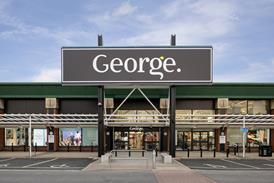
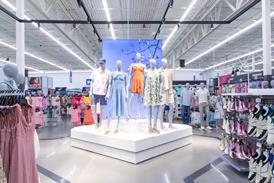
















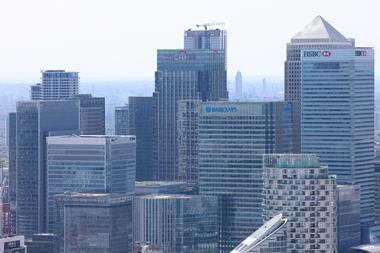

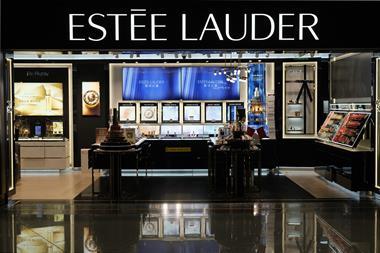
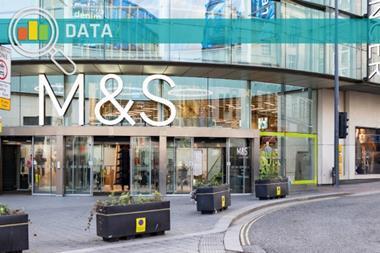

No comments yet